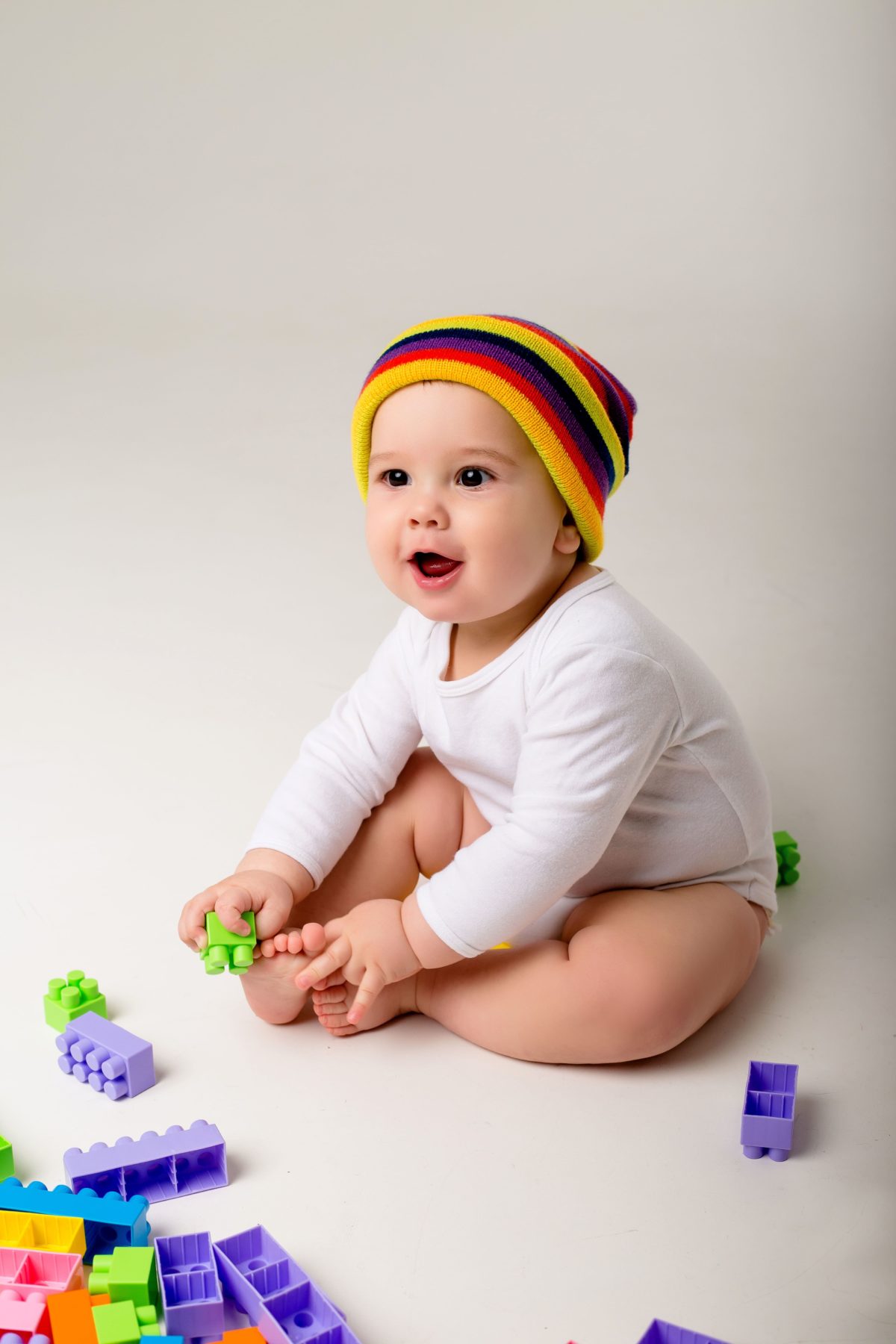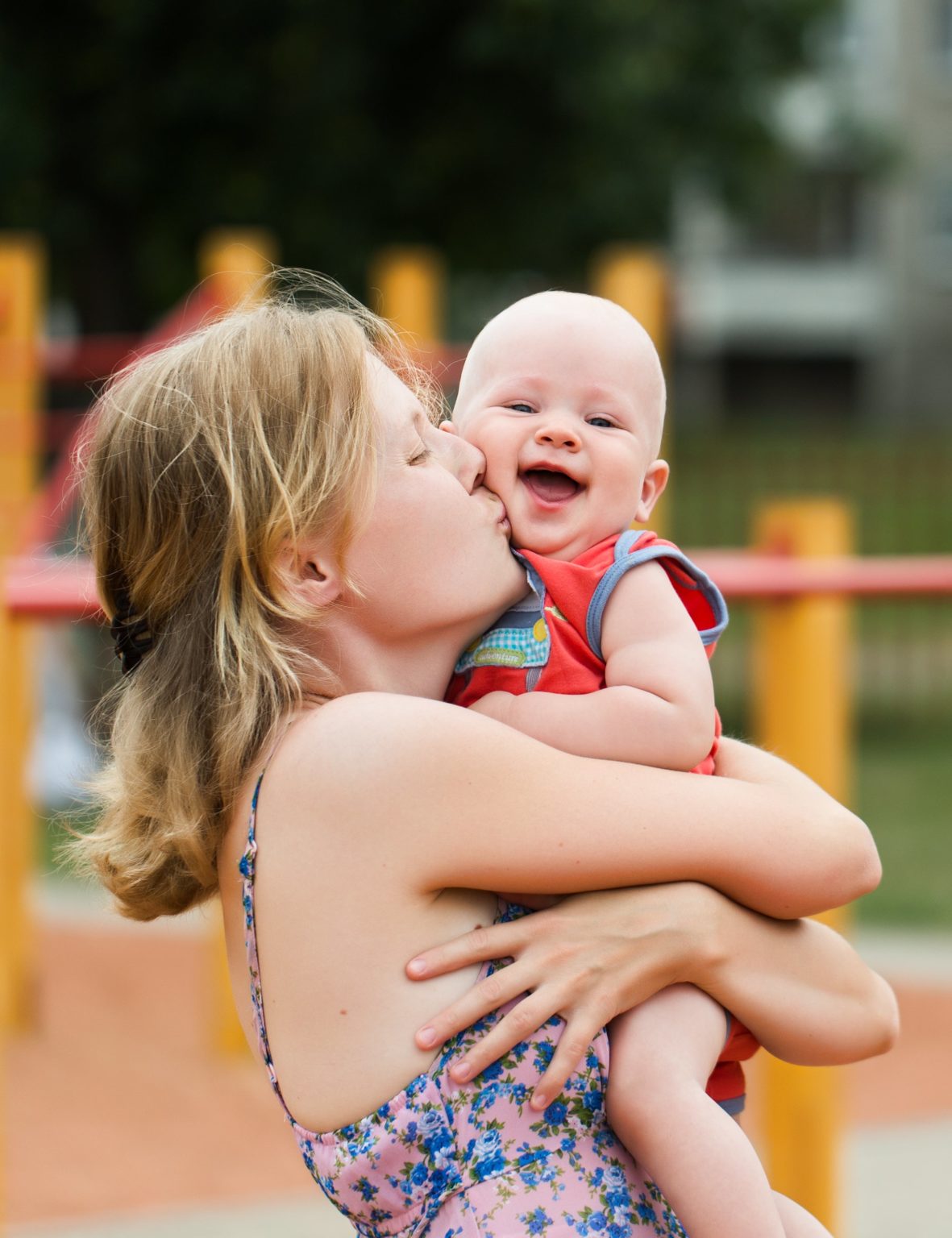It’s difficult preparing children for the world of work as the future is so uncertain. However, the ability to lead others is one attribute that will always be in demand regardless of whether your child works for a large employer, in small business, community work, is self-employed or engages in project work.
The need for leadership skill development has never been greater. Initiative, innovation and resilience is the currency of the workforce of the future. These leadership skills are best fostered from an early age at home, which will give them a head start at school.
After working in the student leadership area for many years I’ve identified five skills and traits that form the building blocks for future leadership, which can be promoted easily by parents at home. I’ve included them below with tips how to put each into practice.
Responsibility
Being a leader means that your child is willing to take responsibility and be accountable for their actions. Personal responsibility is shown when your child is accountable for their behaviour, for their belongings and for the welfare of others. Practical ways to develop responsibility include:
- Giving them responsibility for a certain part of their day such as getting themselves out of bed each morning
- Encouraging them to restore relationships with others including siblings when they mess up
- Taking responsibility for household chores including resolving problems if they forget to do them
Communication
The ability to clearly get a message across to others is common among effective leaders. While most leadership positions require your child to speak publicly, their communication skills can be developed through regular one-on-one or small group experiences at home and at school. Practical ways to develop your child’s communication skills include:
- One-on-one conversations with adults about a wide variety of issues and topics
- Regular discussions at the meal table where kids learn to share their thoughts, listen to others and report on events of the day
- Encourage your child to participate fully in speaking activities at school such as daily news time, class and school plays and debate
Organisation
The ability to organise yourself and others is central to effective leadership. Thinking what needs to be done, planning ahead and making time are basic organisational skills at the heart of personal effectiveness and leadership. Practical ways to develop organisational skills include encouraging your child to:
- Keep their personal space including their bedroom tidy and organised
- Use a diary to help manage their time
- Organise a weekly chores roster including all members of the family
Teamwork
Cooperating, encouraging and acceptance of others are essential qualities of an effective leader. A family is a great place to develop a sense of teamwork in kids as it naturally requires kids to compromise for the sake of keeping the peace. Practical ways to develop a sense of teamwork include:
- Encouraging kids to share their time, possessions and spaces with other family members
- Practise teamwork at home by encouraging siblings to cook and do other chores together
- Emphasise the role of being part of a team by focusing on your child’s contribution to a team or group rather than individual achievementDiscuss emotions of characters in books, television programs and movies. “How you think that character felt when he was he was rejected by his friends?”
Leaders are needed in all walks of life – at work, in school, in families, in sport and in the wider comity. The skills of leadership are best developed in the first groube a contributing, responsible, caring family member you will be going a long way toward developing their innate leadership capabilities.









